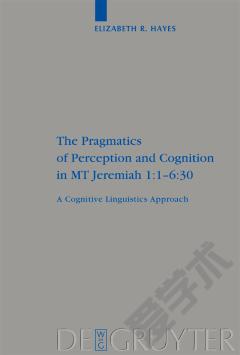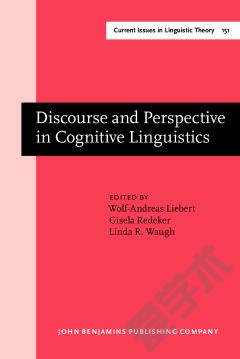The Pragmatics Of Perception And Cognition In Mt Jeremiah 1:1-6:30 —— A Cognitive Linguistics Approach
----- MT耶利米感知与认知语用论 1:1-6:30:认知语言学研究 第380卷
Recent advances in cognitive linguistics provide new avenues for reading and interpreting Biblical Hebrew prophetic text. This volume utilises a multi-layered cognitive linguistics approach to explore Jeremiah 1:1-6:30, incorporating insights from cognitive grammar, cognitive science and conceptual blending theory. While the modern reader is separated from the originators of these texts by time, space and culture, this analysis rests on the theory that both the originators and the modern reader share common features of embodied experience. This opens the way for utilising cognitive models, conceptual metaphor and mental spaces theory when reading and interpreting ancient texts. This volume provides an introduction to cognitive theory and method. Initially, short examples from Jeremiah 1:1-6:30 are used to introduce the theory and method. This is followed by a detailed comparison of traditional and cognitive approaches to Biblical Hebrew grammar. These insights are then applied to further examples taken from Jeremiah 1:1-6:30 in order to test and refine the approach. These findings show that Jeremiah 1:1-1:3 establishes perspective for the text as a whole and that subsequent shifts in perspective may be tracked using aspects of mental spaces theory. Much of the textual content yields to concepts derived from conceptual metaphor studies and from conceptual blending theory, which are introduced and explained using examples taken from Jeremiah 1:1-6:30.
{{comment.content}}








 京公网安备 11010802027623号
京公网安备 11010802027623号